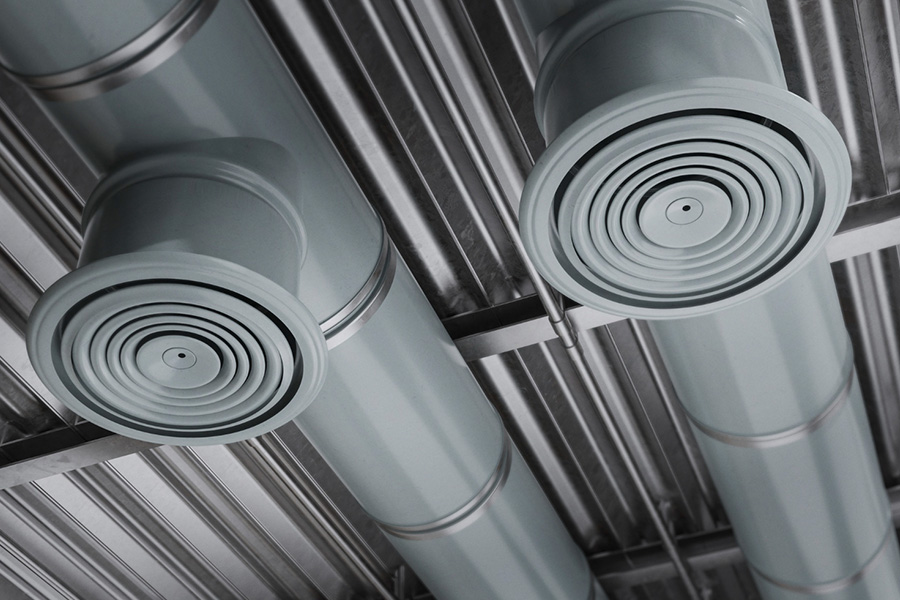
Perforated turbulators boost heat transfer in double pipe heat exchangers, with specific pitch ratios and perforation sizes yielding best results.
Authors
Ganga Chauhan, Department of Thermal Engineering, Veer Madho Singh Bhandari Uttarakhand Technical University, Uttarakhand, Dehradun, 248 007, India
Vijay Singh Bisht, Department of Thermal Engineering, Veer Madho Singh Bhandari Uttarakhand Technical University, Uttarakhand, Dehradun, 248 007, India
Prabhakar Bhandari, Mechanical Engineering Department, School of Engineering and Technology, K.R. Mangalam University, Gurugram, 122 103, India
Sandeep Singh, O.P. Jindal Global University, Sonipat, Haryana, India
Rahul Shukla, Mechanical Engineering Department, IET Bundelkhand University, Uttar Pradesh, Jhansi, 284 001, India
Lalit Ranakoti, Department of Mechanical Engineering, Graphic Era Deemed to be University, Uttarakhand, Dehradun, 248 002, India
Ankur Singh Bist, Graphic Era Hill University, Bhimtal campus, Uttarakhand, Bhimtal, 26 3136, India
Summary
This research investigates the heat transfer and fluid flow characteristics of a double pipe heat exchanger enhanced with perforated turbulators. The study focuses on the effects of varying Reynolds numbers and geometric configurations, particularly the number of perforations in the inserts, on thermal performance. Using the finite volume method and Ansys Fluent simulations, the heat exchanger was analysed under different conditions, comparing the results with a smooth tube configuration. The findings reveal that the pitch ratio of 2.5 has shown the highest heat transfer capacity followed by pitch ratios of 4.5 and 6.5. Further, irrespective of relative pitch ratio, the ring with no perforations has shown the highest value of average Nusselt number and in the case of perforation, the open area ratio of 0.068 has yielded the best thermal performance.
Published in: Archives of Thermodynamics
To read the full article, please click here.

